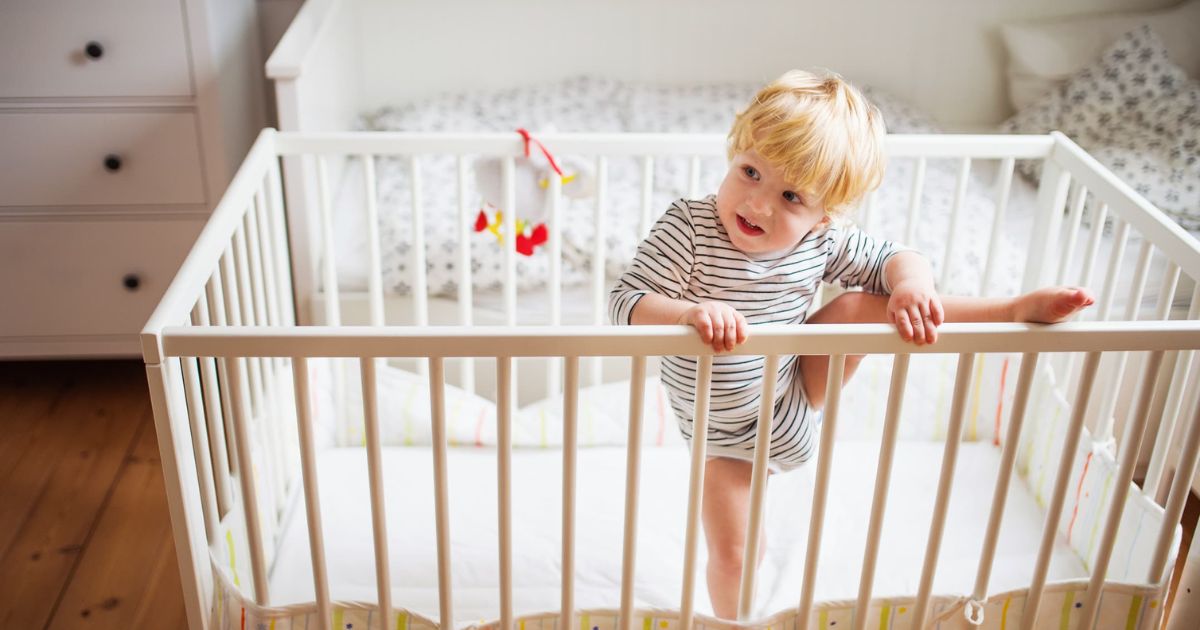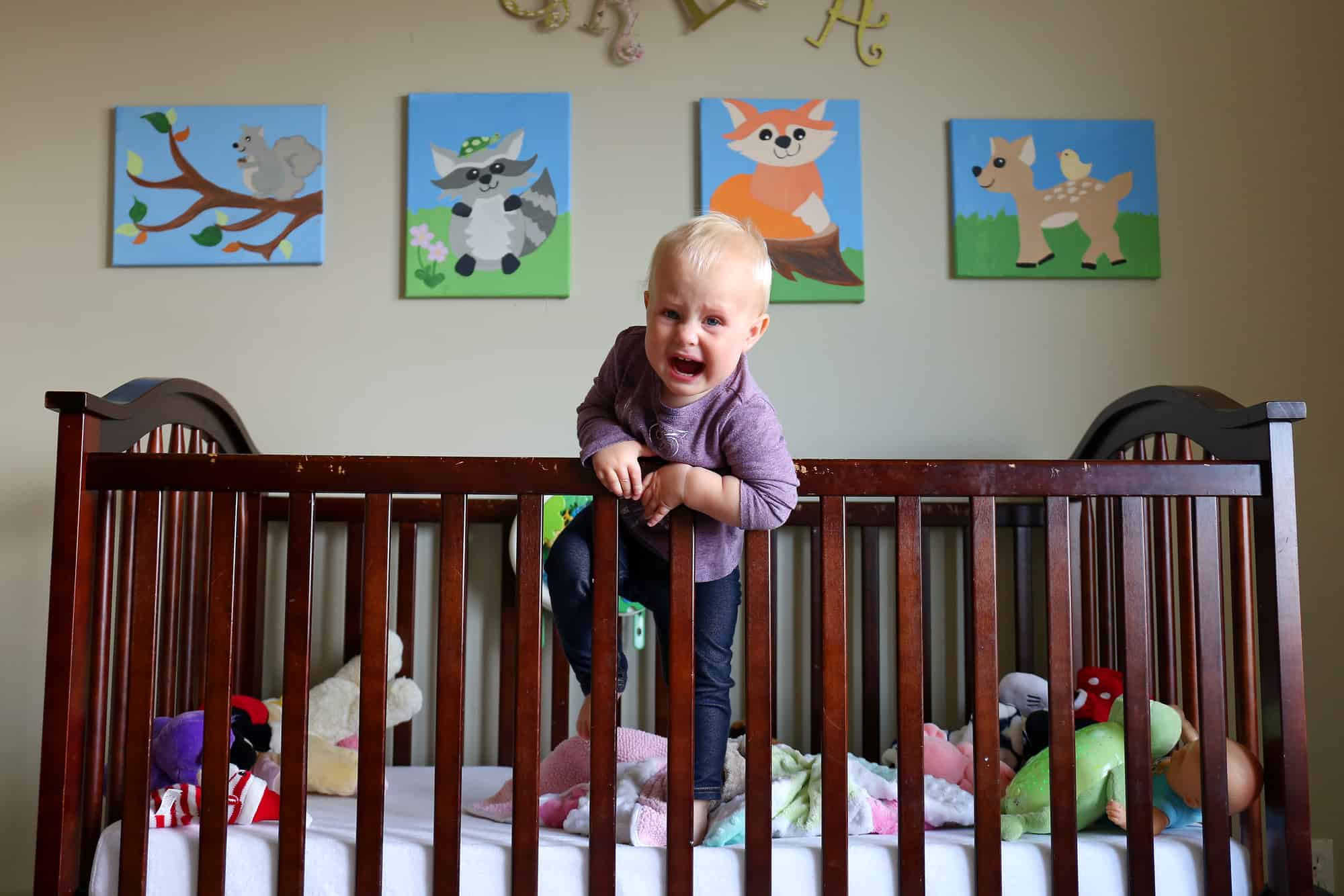I. Introduction
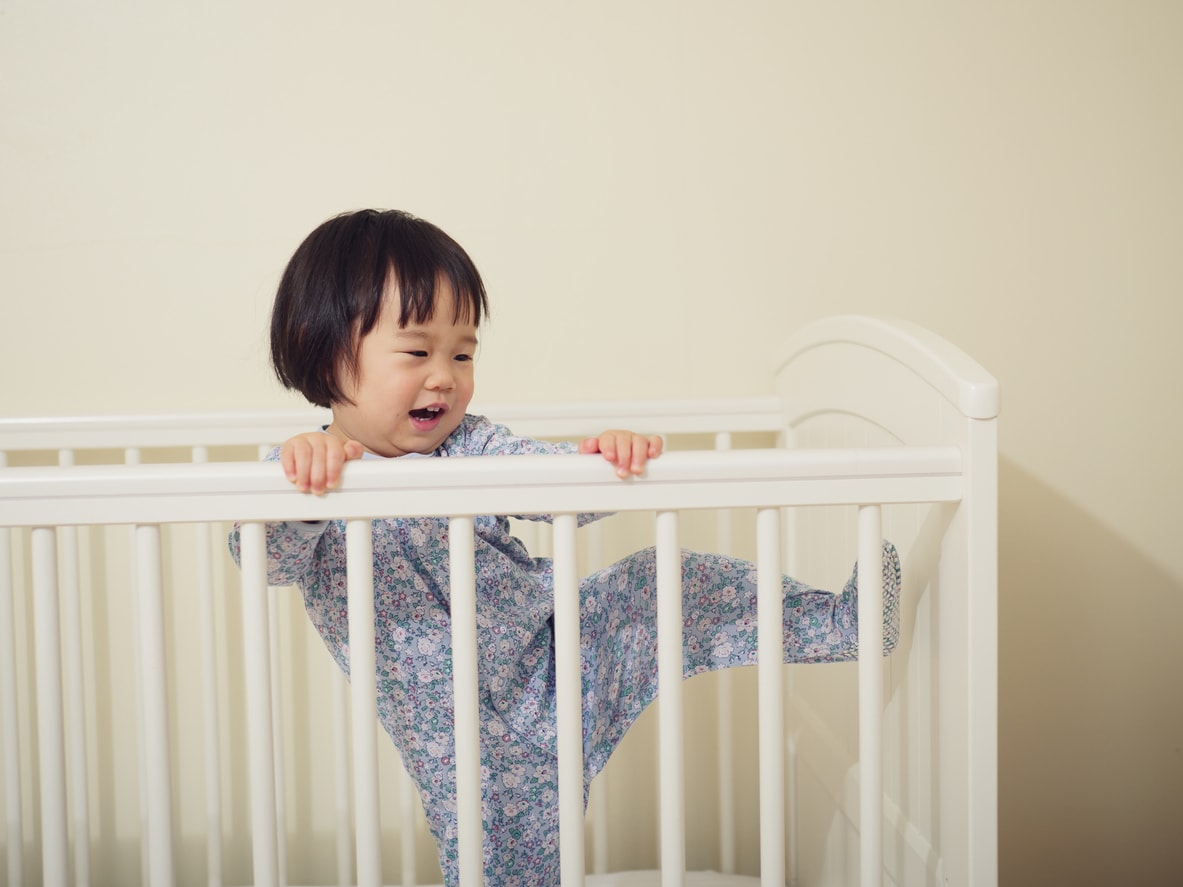
A. The challenge of dealing with a toddler climbing out of their crib
Many parents face the common and often frustrating issue of their toddler climbing out of their crib. This behavior can pose safety risks and disrupt sleep routines. This article will provide strategies to prevent escapes and ensure the safety of both the child and their sleep environment.
B. Overview of the article’s content
This article will explore the reasons behind toddler crib climbing, such as developmental milestones and discomfort with the crib. It will provide practical solutions to prevent escapes and ensure safety, including lowering the crib mattress, using crib tents or netting, and transitioning to a toddler bed.
II. Understanding the Reasons behind Climbing
A. Developmental milestones and curiosity
- Exploring the world and testing boundaries
Toddlers naturally have a curiosity about their environment and want to explore. Climbing out of the crib is their way of testing boundaries and seeking new experiences. - Increased mobility and climbing abilities
As toddlers develop their gross motor skills, their climbing abilities improve. They become more confident in their physical abilities, motivating them to climb out of the crib.
B. Discomfort or discontentment with the crib
- Uncomfortable mattress or bedding A crib with an uncomfortable mattress or bedding may cause toddlers to seek alternative sleeping arrangements, resulting in attempts to climb out.
- Desire for more freedom and independence Toddlers may feel restricted by the confines of the crib and desire more freedom and independence in their sleep environment.
III. Preventing Escapes and Ensuring Safety
A. Lowering the crib mattress
- Adjusting the height of the mattress to impede climbing By lowering the crib mattress to its lowest setting, parents can make it more challenging for toddlers to climb out.
- Ensuring the crib meets safety standards and provides proper support Parents should ensure that the crib meets safety standards and that all components, such as the mattress and rails, are properly installed and secure.
B. Using a crib tent or crib netting
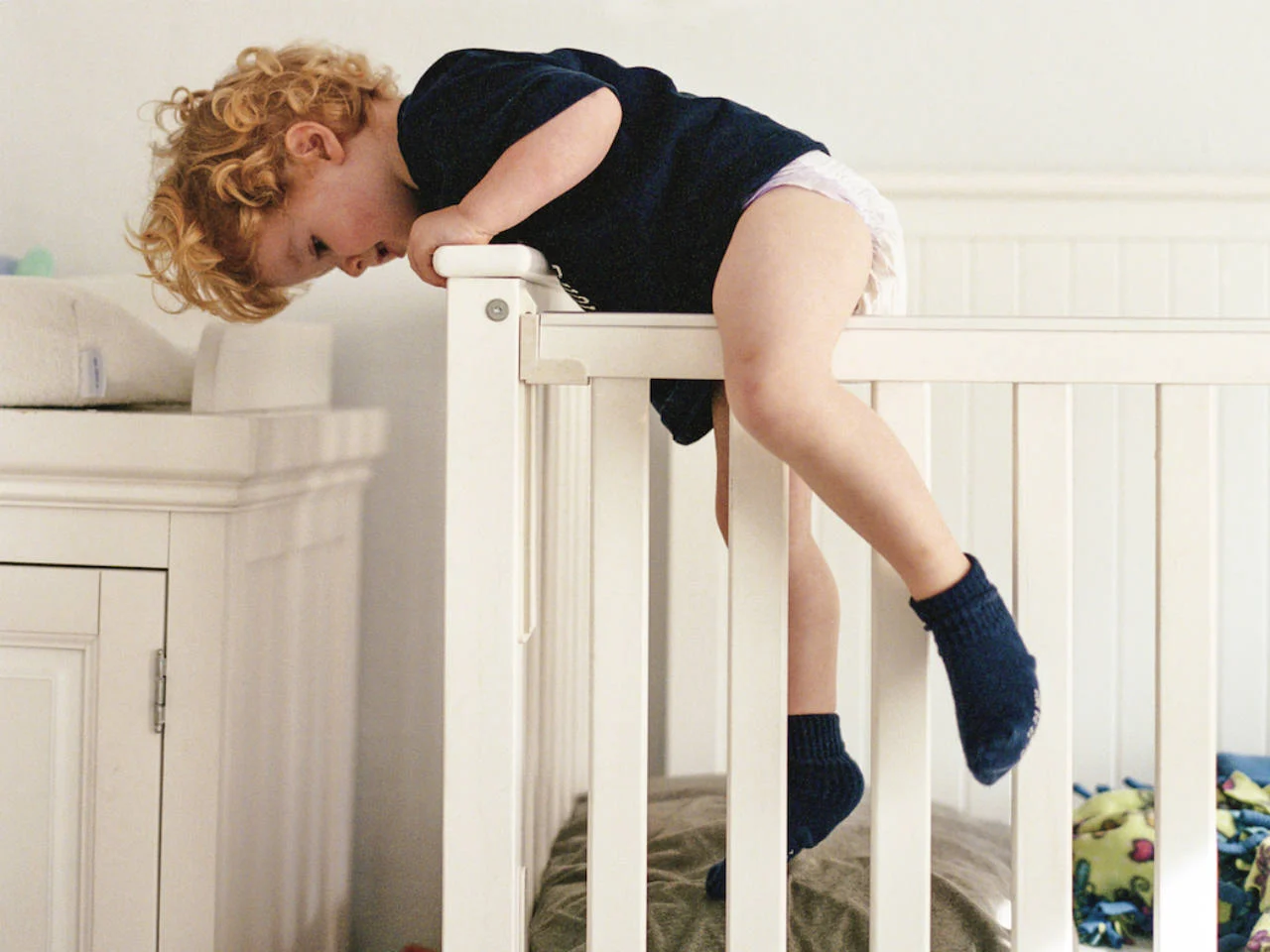
- Installing a crib tent to create a barrier A crib tent is a mesh enclosure that can be securely attached to the crib, creating a barrier that prevents toddlers from climbing out while allowing airflow.
- Choosing crib netting to prevent climbing while allowing airflow Crib netting can also be used to cover the crib and prevent climbing while providing proper ventilation. It should be securely attached to the crib and free from hazards.
C. Transitioning to a toddler bed
- Determining readiness for a toddler bed Parents should assess their toddler’s readiness for a toddler bed, considering factors such as age, developmental stage, and maturity level.
- Preparing the child for the transition and ensuring safety in the new bed Parents can ease the transition by preparing the child through discussion, creating a comfortable and inviting sleep environment, and ensuring safety measures such as bedguards and secure bedding.
IV. Establishing a Bedtime Routine and Reinforcing Boundaries
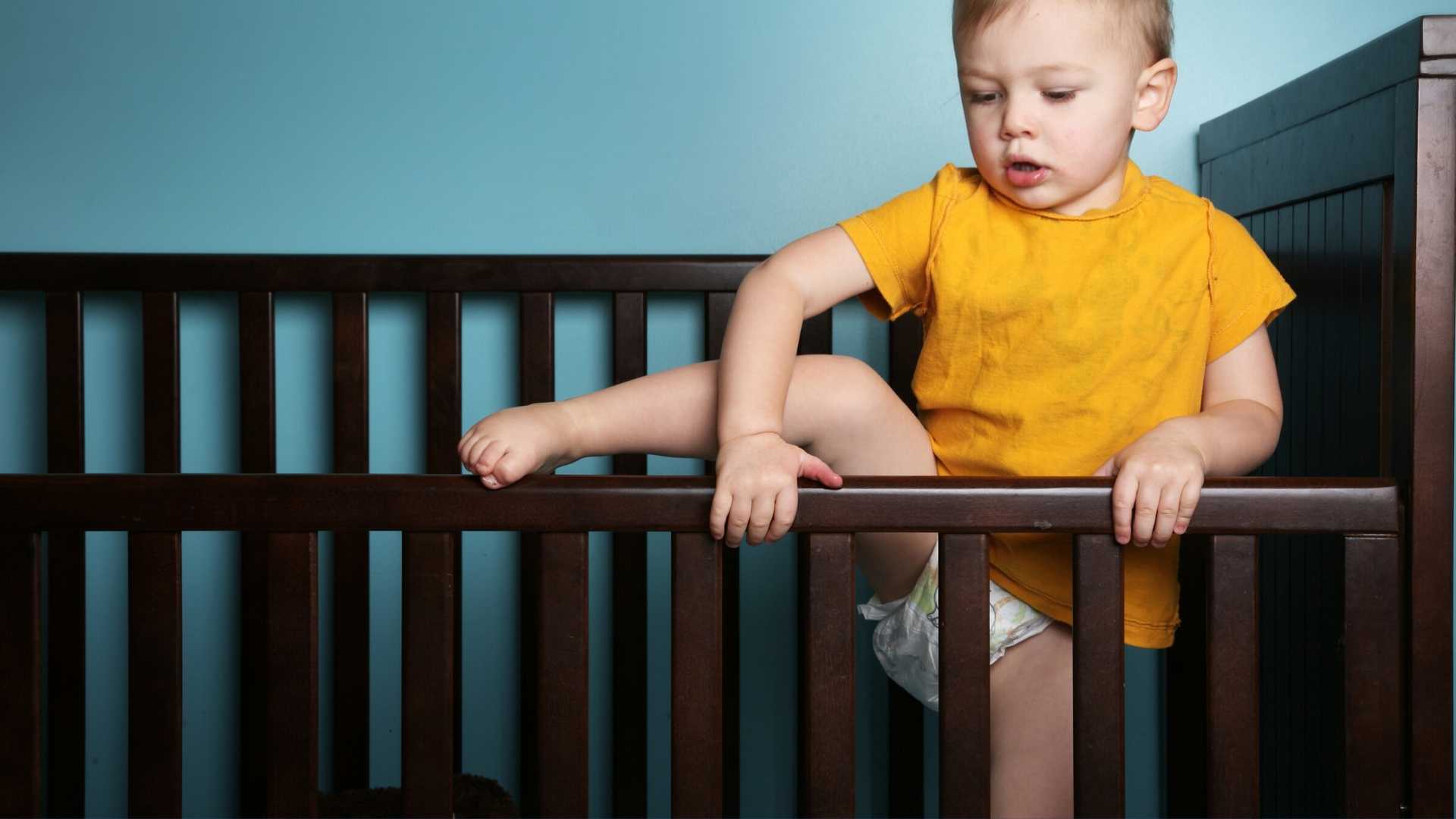
A. Consistent bedtime routine
- Providing a predictable and calming routine Creating a consistent bedtime routine helps signal to the toddler that it is time to wind down and prepare for sleep. This can include activities such as reading a book, taking a warm bath, or engaging in a quiet playtime.
- Creating a soothing environment conducive to sleep Ensure the sleep environment is comfortable and conducive to sleep. This includes dimming the lights, keeping noise levels low, and maintaining a comfortable temperature in the room. Providing a special blanket or stuffed animal can also offer comfort and security.
B. Communication and reinforcement of expectations
- Setting clear boundaries and rules Communicate clear expectations to the toddler about staying in their bed. Use age-appropriate language to explain that their bed is where they should sleep, and reinforce that it is important to stay in bed throughout the night.
- Using age-appropriate language to explain the importance of staying in bed Use simple and straightforward language to explain the importance of staying in bed. For example, you can explain that by staying in bed, they will get a good night’s sleep and have more energy to play the next day.
C. Patience and consistency in responding to nighttime escapes
- Redirecting the child back to bed without engaging in prolonged interaction When the toddler attempts to climb out of the crib or leaves their bed during the night, calmly and firmly guide them back to their bed without engaging in prolonged interactions. Keep interactions minimal and avoid engaging in conversations or playing during the nighttime.
- Offering reassurance and comfort while asserting boundaries Provide reassurance and comfort to the toddler during the transition back to their bed. Offer a quick hug or a few gentle words to let them feel secure, but avoid prolonged interactions that may reinforce the behavior of leaving the bed.
V. Seeking Additional Support and Advice
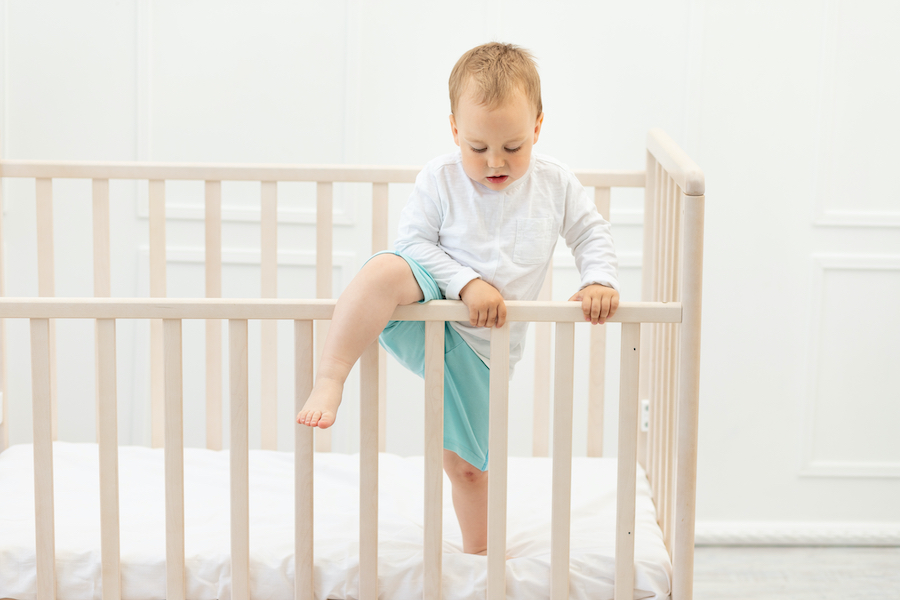
A. Consulting with a pediatrician or sleep specialist
- Discussing concerns and seeking professional guidance If the issue persists or becomes a significant challenge, consult with a pediatrician or a sleep specialist. They can provide guidance and strategies tailored to the specific needs and circumstances of the toddler.
- Exploring techniques or strategies specific to the child’s situation A professional can assess the situation and offer specific techniques or strategies to address the toddler’s crib climbing behavior. They may suggest modifications to the sleep environment, additional interventions, or alternative approaches.
B. Seeking support from other parents or parenting groups
- Sharing experiences and gaining insights from others Connecting with other parents who have experienced or are currently dealing with crib climbing can be helpful. Sharing experiences and gaining insights from others can provide reassurance, support, and fresh perspectives on managing the behavior.
- Learning from different approaches to address crib climbing By learning from different approaches and techniques used by other parents, you may discover new strategies that could be effective for your specific situation. Experimenting with different methods may help find the most suitable approach for your toddler.
VI. Conclusion
Dealing with a toddler who climbs out of the crib can be a challenging situation for parents, but there are strategies to address this behavior. Establishing a consistent bedtime routine, reinforcing boundaries, and providing reassurance can help discourage crib climbing and promote healthy sleep habits. Seeking professional guidance from a pediatrician or sleep specialist, as well as seeking support from other parents, can offer additional insights and support. With patience, consistency, and a well-designed approach, parents can help their toddlers learn to stay in their beds throughout the night, ensuring a restful sleep for everyone involved.
